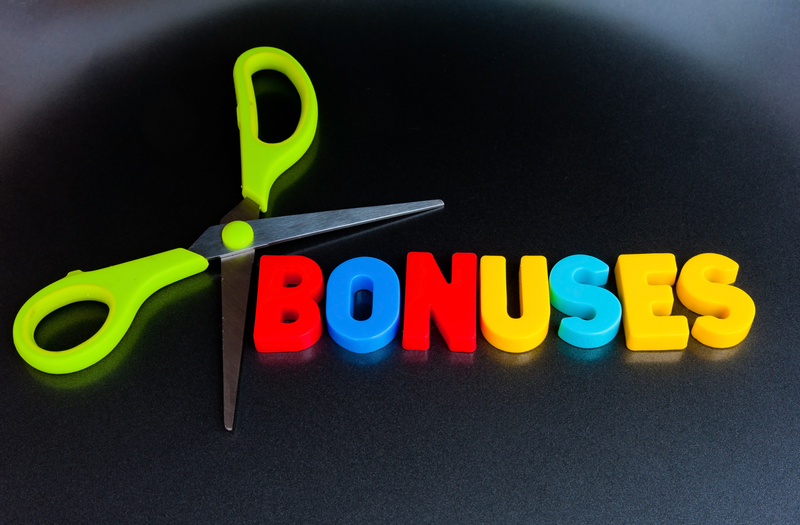I once knew a marketer who wouldn’t lower his prices no matter what. He lived in constant terror that old customers would be mad that the course they bought last month or last year for $197 now cost $97. Heck, they might even demand a refund of the price difference. I’m pretty sure he imagined that every one of his customers was sitting at the computer just waiting for the price to drop so they could complain.

News flash: They weren’t.
And I’ve known plenty of marketers who wouldn’t raise their prices. Again, they were afraid of angering customers and losing business.
But Dan Kennedy’s first advice to almost every business owner is to immediately raise their prices. Most of his clients balk at this and some are so opposed they even throw a fit. But Dan wears them down until they acquiesce, and guess what happens? The sky doesn’t fall down, customers don’t disappear and the business starts making a whole lot more money.
As marketers we bring our own psychological ‘money baggage’ to the business. All those things we were told as kids about money can still cause us problems, and it’s usually our business that pays the price.
Next time you want to raise or lower your prices, you might refer to this list to find a way that makes both you and your customers comfortable with the process.
1: Timing. If you want to permanently raise prices, first make sure that your customers are happy with your product or service. Use the good feedback, reviews and testimonials when you explain your new pricing.
2: Sound the Alarm. Before you raise your prices across the board, consider telling EVERYONE that it’s going to happen. While some marketers prefer to make as little noise about price increases as possible, other marketers take advantage of the situation by telling the world that if they want the lower price, NOW is the time to jump in.
3: Add or Subtract Something. You can justify raising or lowering your price by adding or subtracting something from your offer. Maybe you add another product – such as an older course you stopped selling – to the mix to justify an increased price. Or if your product’s sales are dropping, you can remove one of the bonuses – such as coaching – and lower the price to make it more accessible to everyone.
4: Bundle. Offer discounts if they purchase more than one item.
5: Play with Numbers. Let’s say you sell a tangible product. You offer 10 units of a product for $100 but you want to raise the price to $115. Add two more, different-sized packages such as a 5 pack for $75 and a 3 pack for $50. This makes the 10 pack look like a good deal, even at the higher price.
6: Add fees. This only works with some product categories, such as gym memberships, mortgages, cars and so forth. But it can be possible to add in a ‘fee’ for signing up. You can call it an administration fee, set up fee or whatever you choose. If fees are standard in your industry, then it’s certainly an option.
I’m not fond of fees, but they can be especially effective as incentives when you offer to waive the fee if they join today. It’s like having a sale without having a sale, if you know what I mean. Yes, that is a gray area, but something to think about.
7: Improve the Offer. Do you want to sell your $197 course for $297? Update it and add some new content, making the old version look obsolete. Let the buyers of the old version know they can upgrade to the new version for whatever fee you choose (in this case, $0 to $100).
8: Change Sizes. If your product’s size can be adjusted – more or less of a product or service – then you can change the price accordingly.
9: Schedule Price Increases. If you schedule your price increases in advance – such as every January or July – and you let customers know about your schedule, they won’t be surprised or upset.
10: Target a Different Demographic. If you find you need to significantly raise your prices, consider targeting a different customer base altogether. For example, maybe you’re helping yoga instructors with their marketing and you realize they don’t make much money and thus can’t pay you much money. Switch to plumbers, dentists, chiropractors or lawyers and you can likely double or triple your prices without doing any extra work.
Last thoughts: If you’re raising your prices, it’s best to plan ahead. It doesn’t turn out well if you tell your customers you’re going to raise prices just once this year only to discover you have to do it a second time before the year is over.
If you lower prices, such as when you have a sale, then there might be a previous buyer or two who notices and sends you a disgruntled email. Write back and offer them a free electronic product of their choice. It costs you nothing and they will likely be happy that you responded to their concern.













